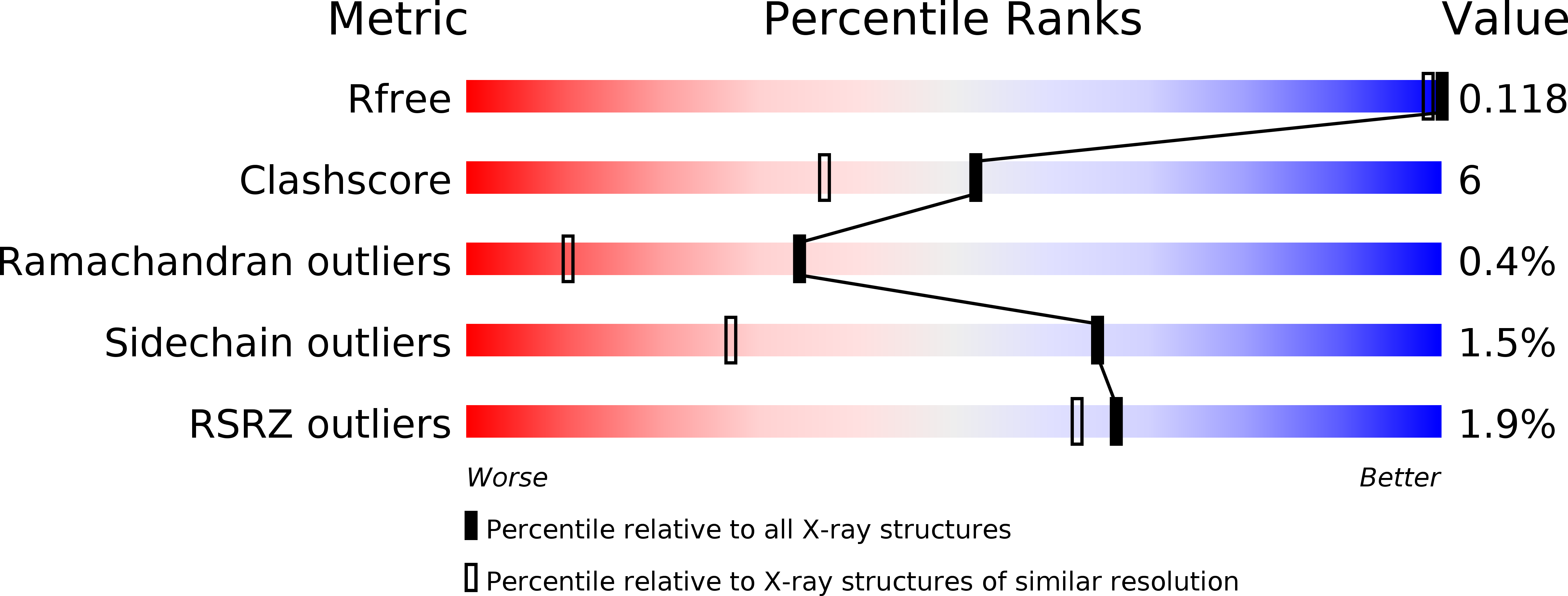
Deposition Date
2012-09-28
Release Date
2013-04-10
Last Version Date
2024-11-06
Entry Detail
PDB ID:
4HBU
Keywords:
Title:
Crystal structure of CTX-M-15 extended-spectrum beta-lactamase in complex with avibactam (NXL104)
Biological Source:
Source Organism:
Escherichia coli (Taxon ID: 562)
Host Organism:
Method Details:
Experimental Method:
Resolution:
1.10 Å
R-Value Free:
0.12
R-Value Work:
0.10
R-Value Observed:
0.10
Space Group:
P 21 21 21


